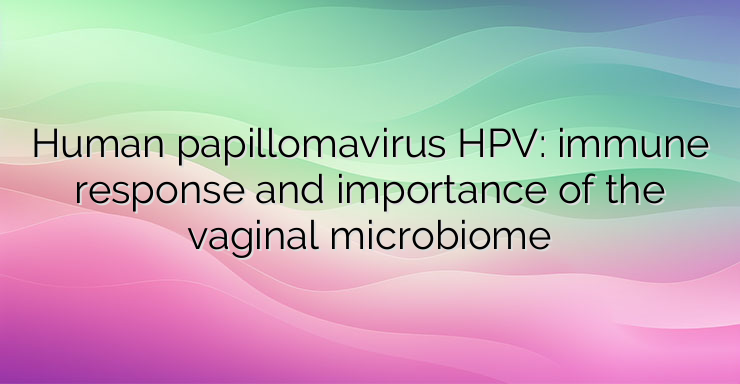Usually, the infection with human papilloma virus – HPV spontaneously resolves within 6-18 months. This may be due to both the genital microbiome and immune defenses and other factors relevant to women’s health. In a recent study, scientists identified the role of cytokines, the cellular immune response, and imbalances in the vaginal microbiome in the persistence, remission, and recurrence of human papillomavirus infection. The study is published in Frontiers in Cellular and Infection Microbiology. HPV has been found to be a non-enveloped, double-stranded DNA virus that belongs to the Papillomaviridae family. The virus infects the squamous epithelium located in the vagina, cervix, anus, scrotum and penis. Among the different types of HPV – Alphapapillomavirus most affect the genital tract. Over 200 different genotypes of the virus have been identified. Some of them cause infections that are associated with low health risk. Others are classified as high risk because they can cause cervical cancer and cervical intraepithelial neoplasia. The high-risk types are: HPV 16, 18, 31, 35, 39, 45, 51, 52, 56, 68 and 59. However, HPV 16 and 18 cause 70% of cervical cancers. Of the low-risk types, the most common infections are with HPV 6 and 11, which are the cause of 90% of genital warts. Scientists have found that innate and acquired immunity provide effective protection of the mucous membrane against HPV infections. After infection, the immune response is activated, leading to the release of cytokines from antigen-presenting cells – B-lymphocytes, macrophages and dendritic cells. This leads to the activation and attraction of more immune cells to the site of infection. Previous studies have shown the relationship between cytokine levels in the genital mucosa and the control of HPV infection. A few days after the onset of infection, the concentration of cytokines in the cervix increases, which leads to a reduced ability to eliminate the virus. When mature antigen-presenting cells interact with CD4+ and CD8+ T-cells, the latter differentiate into T-helper and T-cytotoxic lymphocytes. This ensures the elimination of the virus. Previous studies have shown that the host’s immune system is not always able to prevent the progression of the infection. This is due to the ability of HPV to escape the immune response and modulate the functions of immune cells. Another key element is the ability of HPV to escape the action of “killer” T-lymphocytes, which have a leading role in carrying out the innate immune response. Furthermore, analyzes have shown that women with recurrent and persistent HPV infections have elevated levels of anti-inflammatory cytokines. The study showed that low population levels of Lactobacillus bacteria and high population levels of some pathogens, including Snaethia, Atopobium and Gardnerella,are associated with a reduced capacity to cope with infection. The distribution of Lactobacillus populations in the vaginal microbiome leads to a reduced risk of HPV infection. On the other hand, high population levels of bacteria that cause bacterial vaginosis, such as Streptococcus, Prevotella, Megasphaera, Mycoplasma, and Gardnerella, lead to an increased risk of infection. The results suggest that features of the vaginal microbiome can modulate the host’s immune response to disrupt antitumor and antiviral immune defenses in the genital tract. References: https://doi.org/10.3389/fcimb.2022.927131 https://www.frontiersin.org/articles/10.3389/fcimb.2022.927131/full


Leave a Reply